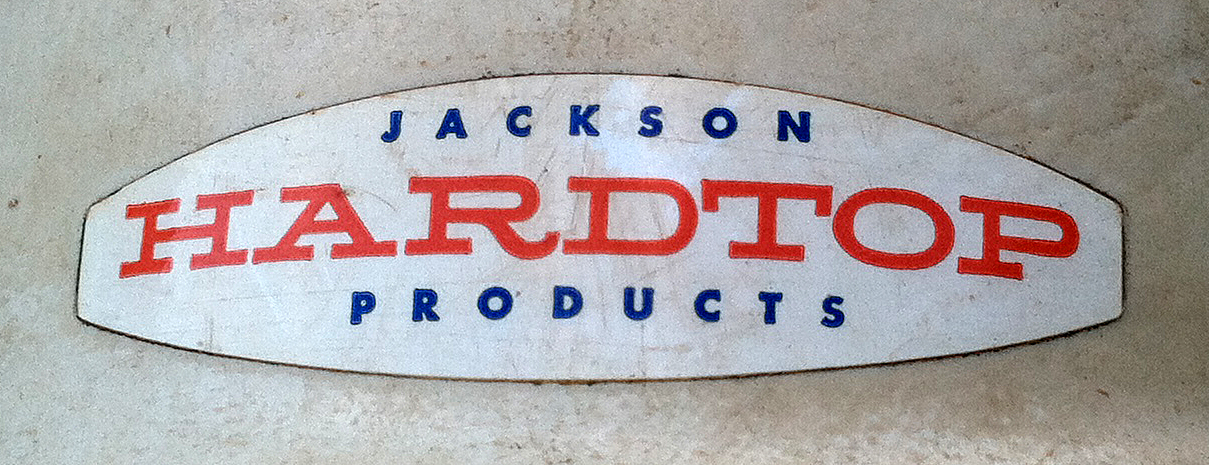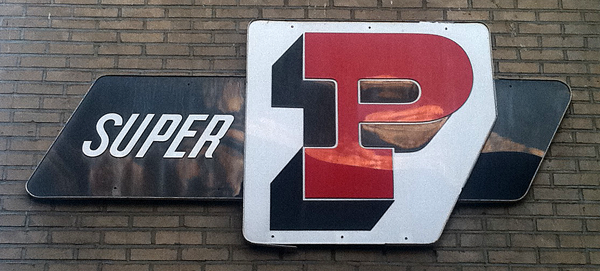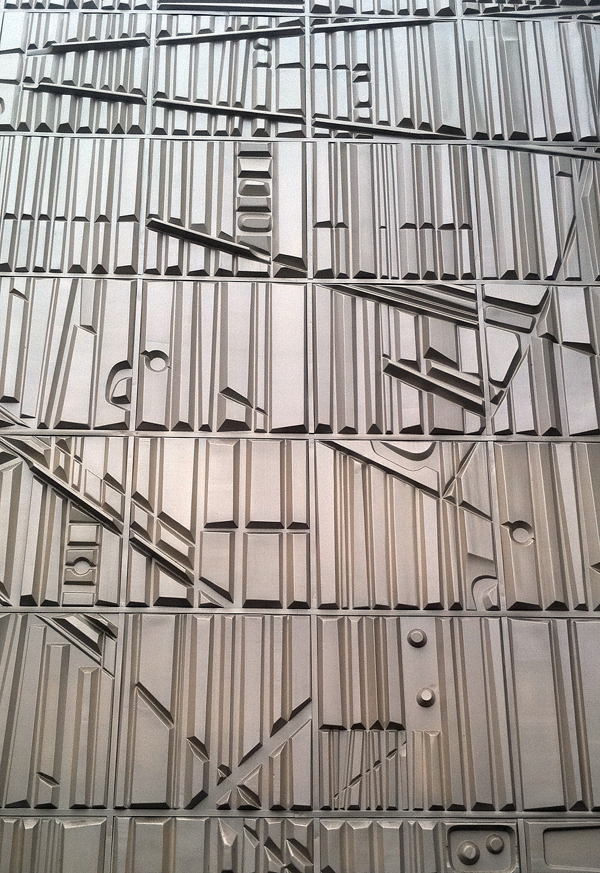…Or Why Would a Designer Use a Template?
I know, I know. It’s sacrilegious for any self-respecting designer to use a template on their site. Or is it? Frankly, for me, it’s temporary and using one comes down to a few key reasons.
- I had grown to hate the design of the site. It was in desperate need of a complete overhaul.
- The technology has changed dramatically since I last designed the site.
- It serves as a motivational tool to drive me to complete the redesign of the site.
Let’s look at each reason a little more in depth.
First up, the old design. Overall, I don’t think it best represented me or my work. It was a piece of history, a piece of my past. The dark background, the typography, the left justified layout — it all had to go.
Next up, the technology. Originally, I was attempting to organize a lot of content and moving away from using Adobe Flash. Adobe Spry with it’s XML backend worked great, but Adobe let Spry sort of…die a slow death. No progress, no development. Meanwhile, JQuery exploded in popularity, functionality and maturity. Throw in the rise of grid frameworks, responsive design, new browsers and the signs were clear — move on and move on up.
Finally, the motivation. Typically, it’s very difficult for designers to design their own materials and this is certainly true with me. Either I get stuck in a perfectionist editing loop or just let self-doubt kill off concept after concept. A little distance goes a long way in being able to stay objective and working for yourself isn’t always to provide that objectivity. Pulling down the site completely and using a template for the blog isn’t quite a deadline, but it does force me to make the difficult choices that the redesign needs.
So here we find ourselves. I’m hard at work on the redesign (really!) and thanks to this template (tanzaku 1.1.1 by TRIPLESHIPS Inc.), I’m able to keep the blog up and running while I work.
So everybody remain calm and I’ll get back to the drawing board.




